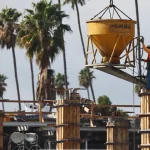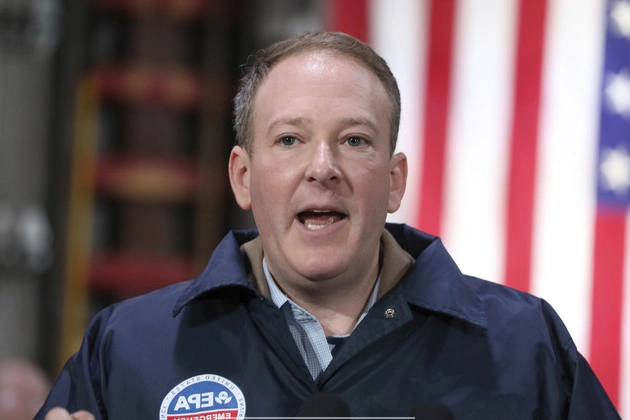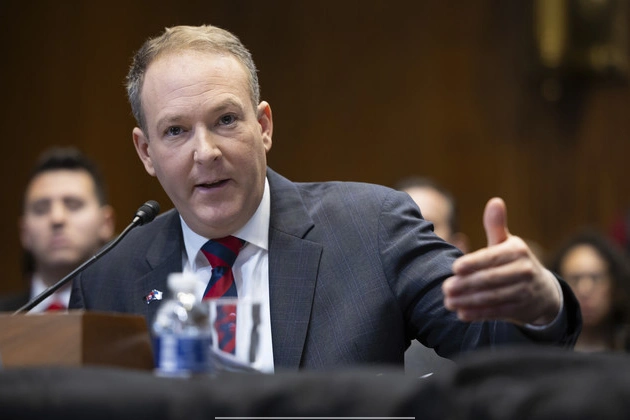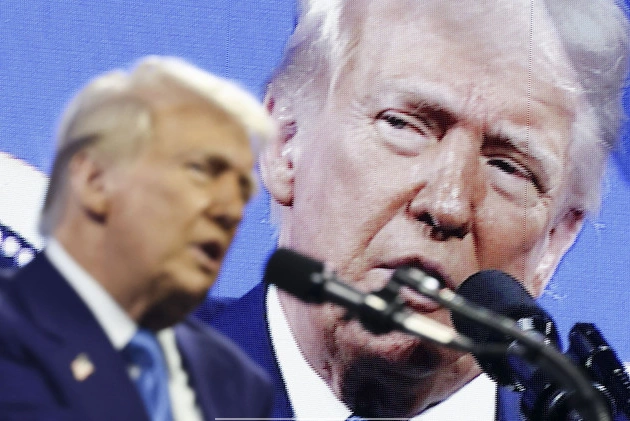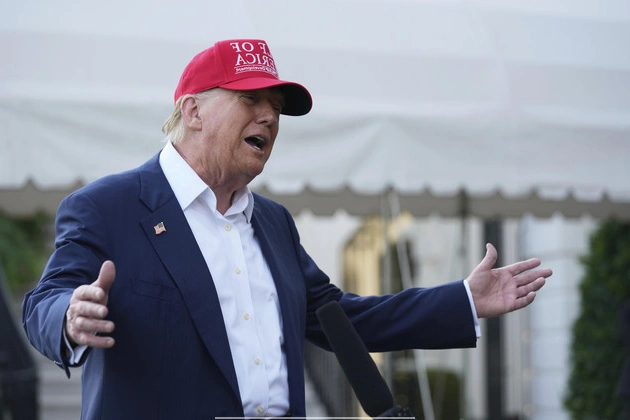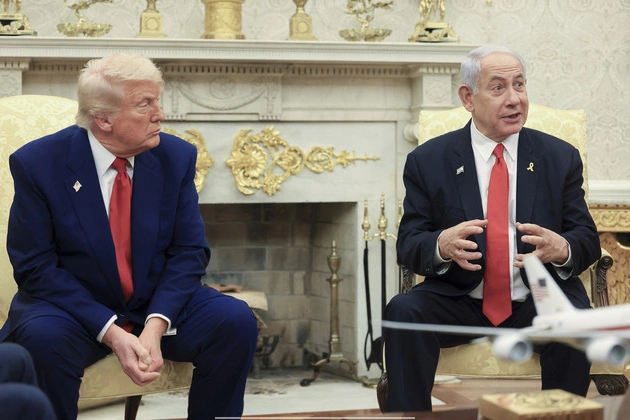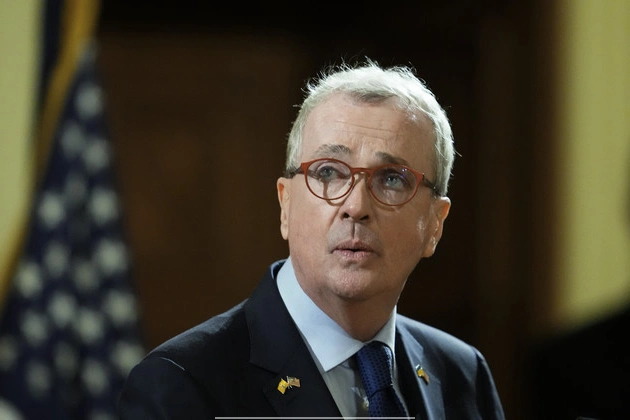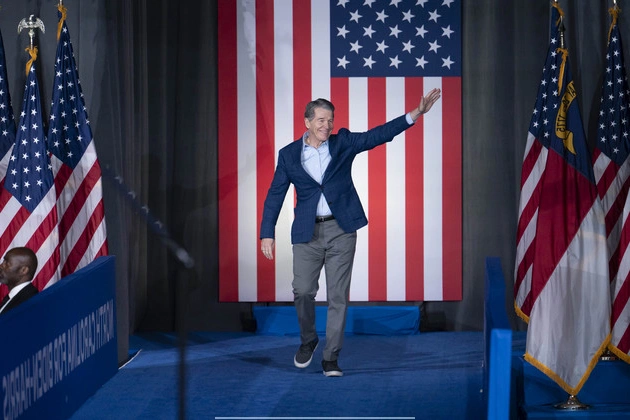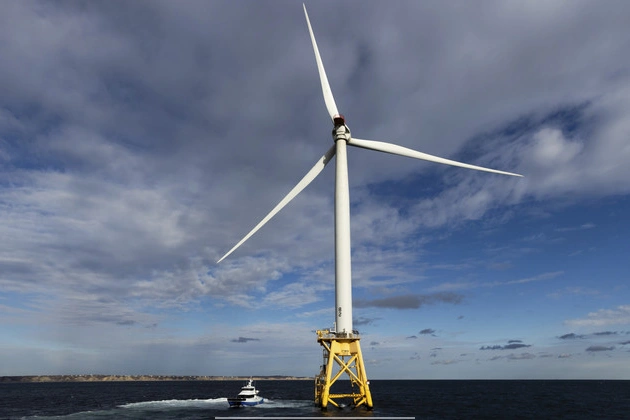
Blue states have been striving to lead the charge in developing offshore wind farms as a sustainable energy source for the future. However, recent developments under the Trump administration have thrown a wrench into these plans, particularly in states like New Jersey and New York.
Political Roadblocks
New Jersey Governor Phil Murphy’s efforts to establish his state as a hub for the offshore wind industry suffered a blow when he announced a halt to approving new projects. This decision marks a significant setback for the clean energy agenda in New Jersey, echoing similar challenges faced in other progressive states.
Industry Dynamics
Despite substantial investments and incentives from state governments, the actual progress in offshore wind projects has been modest. Only a few projects have materialized, raising questions about the industry’s viability and scalability.
Regional Disparities
Surprisingly, the most significant offshore wind project in the nation is taking shape in Virginia, a state led by a Republican governor. This contrast highlights the uneven landscape of offshore wind development across different states.
Environmental Concerns
The shift in political landscapes and community opposition in states like New Jersey have complicated the path for offshore wind projects. Coastal property owners and changing political dynamics have added hurdles to the industry’s growth.
Future Outlook
Amid uncertainties and setbacks, stakeholders in the offshore wind industry, including government officials and environmental advocates, are reevaluating their strategies. The goal of achieving significant offshore wind energy capacity by 2030 faces challenges that require innovative solutions and bipartisan support.





